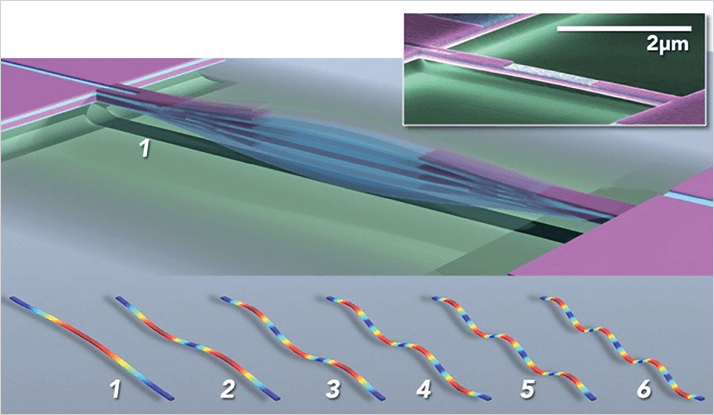Current tests for nephropathy may not be good enough; but research could yield new options for effective diagnosis
Chronic kidney disease (CKD) is both a relatively common condition and associated with significant morbidity, mortality, and expense. A recent study of US patients has shown, however, that many of the laboratory and imaging tests conducted on patients with CKD may have little or no effect on its diagnosis and management (1).
The researchers examined how often lab and imaging tests were ordered, and what effect those tests had in 1,487 patients referred for initial evaluation of the condition to two medical centers in Boston, US, over a three-year period. “Our main finding was that a number of tests, including renal ultrasound, paraprotein testing, and serologic testing, were commonly ordered despite low diagnostic and management yield,” says lead author Mallika Mendu, of Brigham and Women’s Hospital (BHW), Renal Medicine Division, Boston, “conversely, urine quantification and hemoglobin A1c testing had the highest diagnostic and management impact.” Mendu and his colleagues suggest that reflexively ordering many tests to evaluate CKD is likely not the best approach, and that an evidence-based, targeted approach will result in more efficient and cost-effective diagnosis and management.
It’s obvious that more is needed to improve the situation; an improved knowledge of the intricacies of the disease pathways, and the discovery of more accurate diagnostic markers would be steps in the right direction. A University of Manchester, UK, team has begun taking those steps, with some promising results. “In humans, kidney disease is more common in males, and certain racial groups,” explains lead author Rachel Lennon, “but we don’t fully understand why. We hypothesized that the matrix scaffolds which support the glomerular cells of the kidney filters would be different, and could account for susceptibility to glomerular disease (the most common type of kidney disease). To study this we used mice, who, similar to humans, may be susceptible or resistant to the condition.”

Lennon and her colleagues found that protein expression in the glomerular extracellular matrix (ECM) revealed unique signatures which could be correlated to a predisposition to nephropathy (2). Examination with electron microscopy also revealed structural differences in the glomeruli, with abnormal structures seen in susceptible mice (Figure 1).
“We have found a number of changes in the proteins of the kidney filters and they occur early in the process. These proteins could prove to be useful early biomarkers of kidney disease,” says Lennon. “Our ultimate goal is to understand more about the mechanisms of glomerular disease, and design new therapeutic strategies to prevent progression or even reverse the disease process,” she adds. It is clear that tests for kidney disease, both old and new, must be used carefully in order to ensure the best care for patients. Though the goal of eliminating unnecessary testing and developing new, more effective diagnostics may not be a reality in the short-term, certainly making wiser and evidence-based choices around kidney testing is something that can be addressed now and will yield immediate improvements in diagnostic accuracy for the patient, and time and cost efficiencies for laboratory services.
References
- ML Mendu, et al., “The usefulness of diagnostic testing in the initial evaluation of chronic kidney disease”, JAMA Intern Med, 175, 853–856 (2015). PMID: 25730699. MJ Randles, et al., “Genetic background is a key determinant of glomerular extracellular matrix composition and organization”, J Am Soc Nephrol, [epub ahead of print] (2015). PMID: 25896609.




